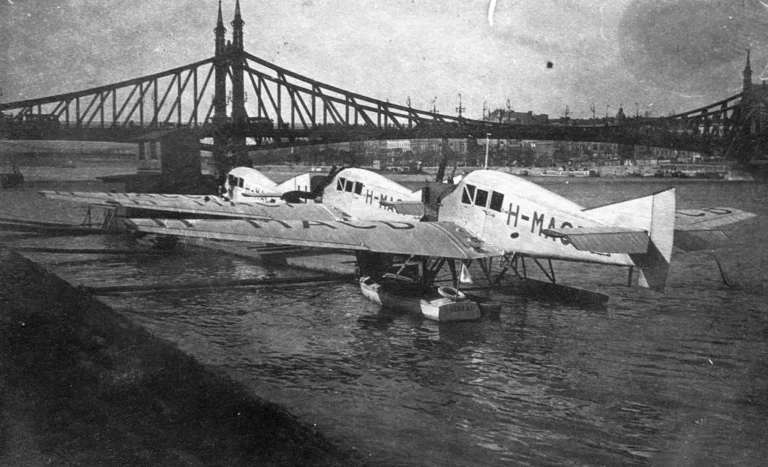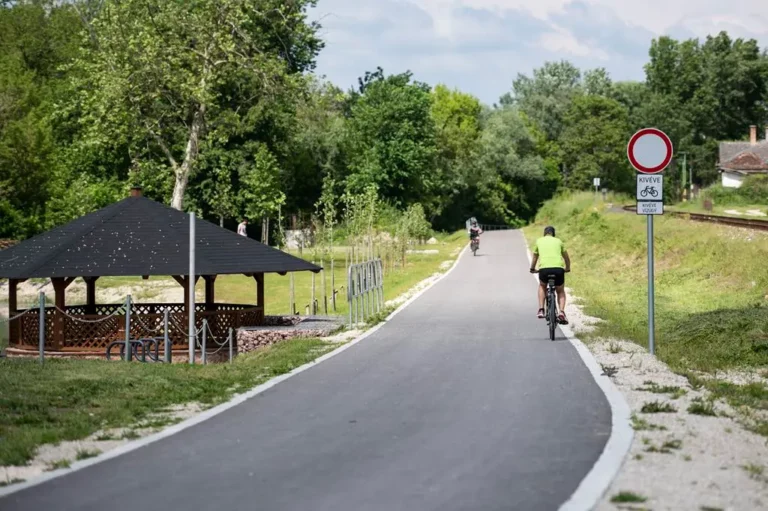Austria
International lawyers protest against banning Hungarians from Austrian border – VIDEO

I came to Budapest with Spago to learn more from the Hungarians – Exclusive interview with star chef Wolfgang Puck

PHOTOS: Budapest-Balaton, Budapest-Vienna flights – quick and affordable

Swiss, Germans, Austrians, and Belgians flock to this Hungarian village

Flying to exotic destinations, USA, Canada from Budapest will become very easy

The government will make foreign companies leave Hungary in this sector

Orbán: Hungarians are protecting Europe

Hungarian and Romanian authorities arrest leader of people smuggling ring

EUR 160 fee for passing a Hungarian-Austrian border crossing point

Official: Here is how many human traffickers Hungary released

Emigration: where are Hungarians going? These are their target countries

PHOTOS: Panoramic bike path running near the Danube River inaugurated

PHOTO: Hungarian politician meets Arnold Schwarzenegger

Hungary’s largest private education institution MCC purchases top private university in Austria

One of the largest archaeological sites in Central Europe lies near the Hungarian border

Prosecutors want pre-trial detention for Syrian people-smuggling suspect

Asian refugees found in a cargo truck in Hungary

These Budapest flight tickets just got a lot cheaper






